In 2020, Tua Sin Chai Primary Boarding School had 13 schools in 11 villages (some villages had many residential clusters, and the residential clusters were far apart, so classes had to be opened in the residential clusters); the kindergarten had 12 schools. At that time, 9/11 villages in Tua Sin Chai had no electricity, no roads, and no phone signal.
Up to now, at both levels of education, in the dry season there are still two schools where motorbikes cannot enter the village, and in the rainy season most of the villages are still inaccessible by motorbike.
The furthest school requires a motorbike ride of more than 40km and then a walk of more than 20km to reach the school; or a walk along the forest path takes more than half a day. Fortunately, all villages now have electricity and phone signal.
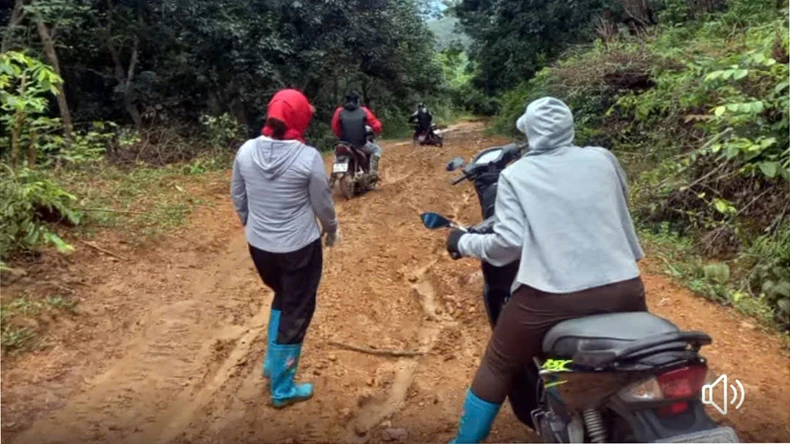 |
The way to the school of teachers living in the remote areas in Tua Sin Chai. |
In remote and difficult villages, schools must still be maintained, especially for preschool and primary school children in grades 1 and 2. Because at this age, children are too young to be away from their parents and cannot ensure their own personal hygiene. Moreover, most of the villages are far from the commune center and have difficulty in transportation.
Mr. Duong Cong Thanh, Principal of Tua Sin Chai Primary Boarding School for Ethnic Minorities, said that the unit always pays attention to the reasonable arrangement of teachers to work in remote areas, especially in extremely difficult areas. Every year, the school holds meetings to listen to the opinions, suggestions, and aspirations of teachers, especially in arranging and selecting teachers to work in remote areas to ensure harmony.
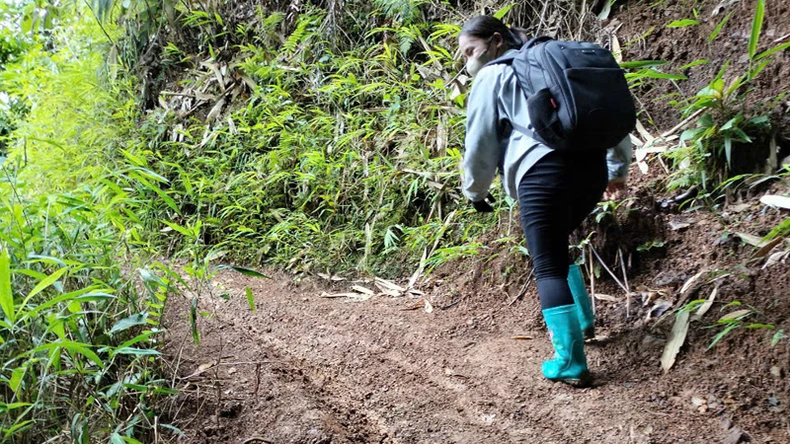 |
A teacher from Tua Sin Chai Kindergarten walks into the school. |
"First, we prioritize local teachers whose houses are close to the school, then select male teachers on a volunteer basis. We will rotate the remaining village locations to ensure fairness. Female teachers who are pregnant or raising small children, and those who are unfortunately sick, will be given priority to teach at the center. Regarding policies, all teachers in the villages, whether in difficult or favorable villages, enjoy the same policies according to regulations. The school is also very sympathetic, but the current policy is like that, it cannot compensate for the hardships and silent sacrifices of teachers" - said teacher Duong Cong Thanh.
The reality at difficult schools shows that solutions to harmoniously rotate teachers in remote areas are only temporary, while preschool teachers in difficult areas with many schools like Tua Sin Chai are female teachers, making the arrangement even more difficult.
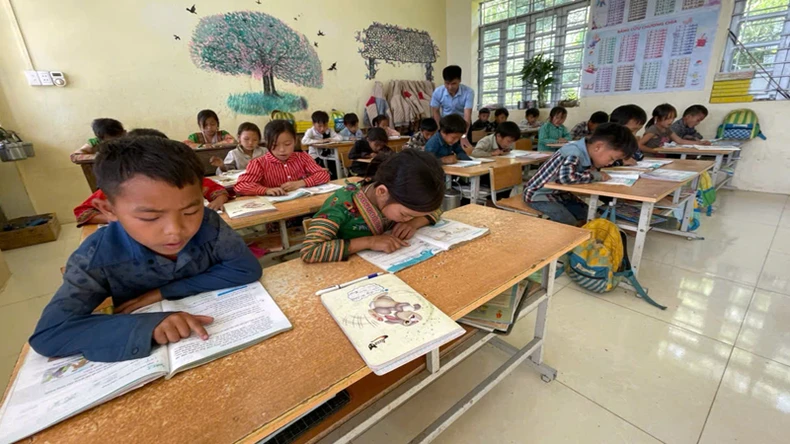 |
At primary level, teachers in remote areas are arranged more harmoniously because the school has male teachers. |
For example, Tua Sin Chai Kindergarten currently has 12 campuses with 16 classes, of which due to lack of teachers, there are up to eight classes with only one teacher. One teacher has to take care of from 27 to over 30 children.
In addition to teaching and taking care of the children, I also have to cook lunch for them to eat and sleep... and the students at the village school are mostly mixed classes of different ages; or at least mixed classes from 2 to 3 years old, from 4 to 5 years old, that is too much of a burden.
Sin Ho district is currently short of 126 teachers at all levels. Despite organizing many recruitment campaigns, the number of applications submitted is very low. Many people are concerned because 18/22 communes of the district are particularly disadvantaged, with difficult roads and limited career development opportunities.
According to Mr. Pham Van Phoi, Head of the Departmentof Education and Training of Sin Ho district, it is necessary to invest heavily in infrastructure. Roads to the villages must be convenient for cars, or at least convenient for motorbikes in all four seasons; schools must be solid, have public housing, bathrooms, and toilets for teachers. More importantly, there must be a strong enough and long-term attraction policy to retain teachers in remote villages.
 |
At the preschool level, female teachers in the remote areas have a harder time. Due to a shortage of teachers, there are even schools where one teacher has to take care of more than 30 children of different ages. |
Mr. Mac Quang Dung, Director of the Department of Education and Training of Lai Chau province, said: To help teachers in remote areas and villages feel secure in their work and stay in school and class, in addition to continuing to improve the remuneration regime, there should be clear regulations on nursing staff so that teachers can focus on teaching.
When organizing a two-level government apparatus (province-commune), the mobilization and rotation of teachers throughout the province will be more flexible, contributing to solving the problem of surplus and shortage. In addition, there should be a priority policy in eliminating blank pages in terms of transportation to the village; synchronous investment in school facilities, public housing, and facilities for boarding meals, especially in particularly difficult villages.
"Retaining teachers in disadvantaged areas is not only the responsibility of the education sector but also requires the synchronous participation of all levels and sectors. Only when people in remote areas feel secure in their jobs, will children in remote areas have the opportunity to attend school fully and with quality...", Mr. Dung added.
Source: https://nhandan.vn/ky-2-cantiep-suc-cho-giao-vien-vung-kho-lai-chau-post880916.html





![[Photo] Prime Minister Pham Minh Chinh chairs conference to promote public investment growth momentum](https://vphoto.vietnam.vn/thumb/1200x675/vietnam/resource/IMAGE/2025/5/20/7d1fac1aef9d4002a09ee8fa7e0fc5c5)






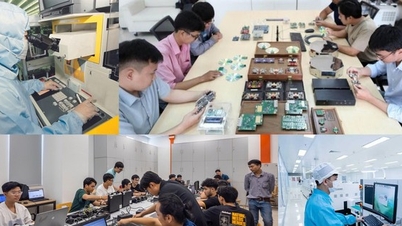

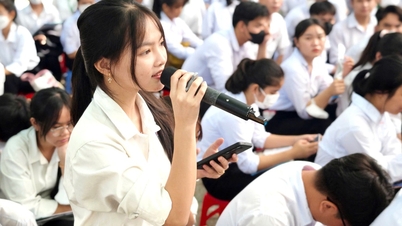









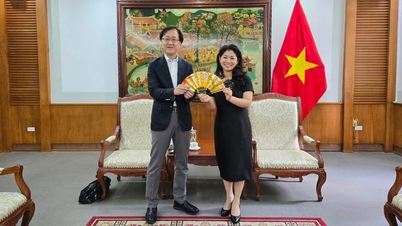

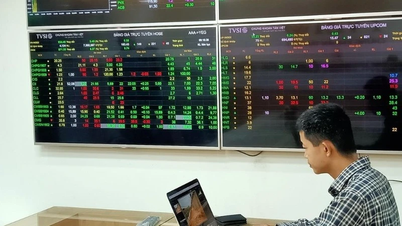
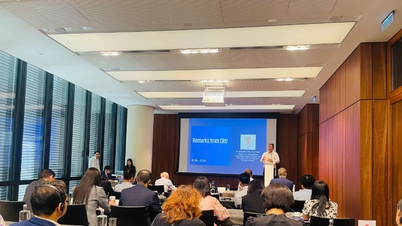




























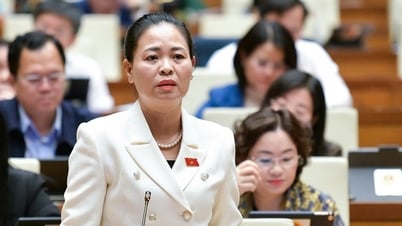








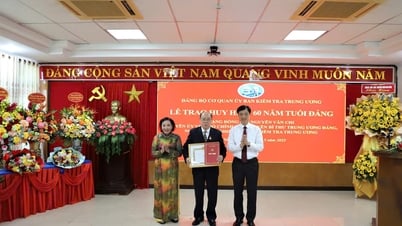







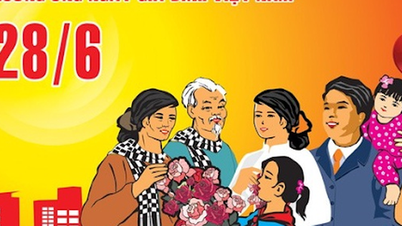
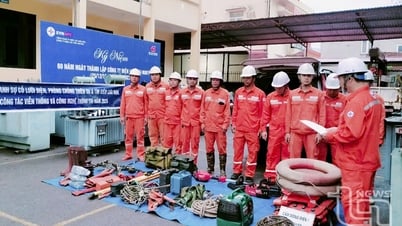

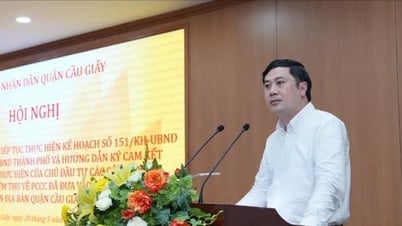




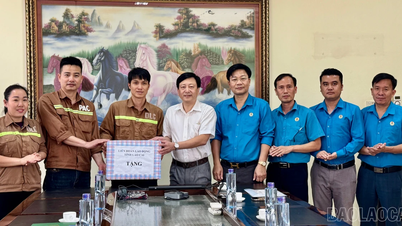

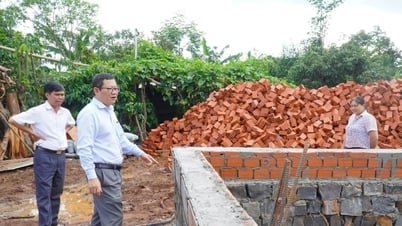













Comment (0)